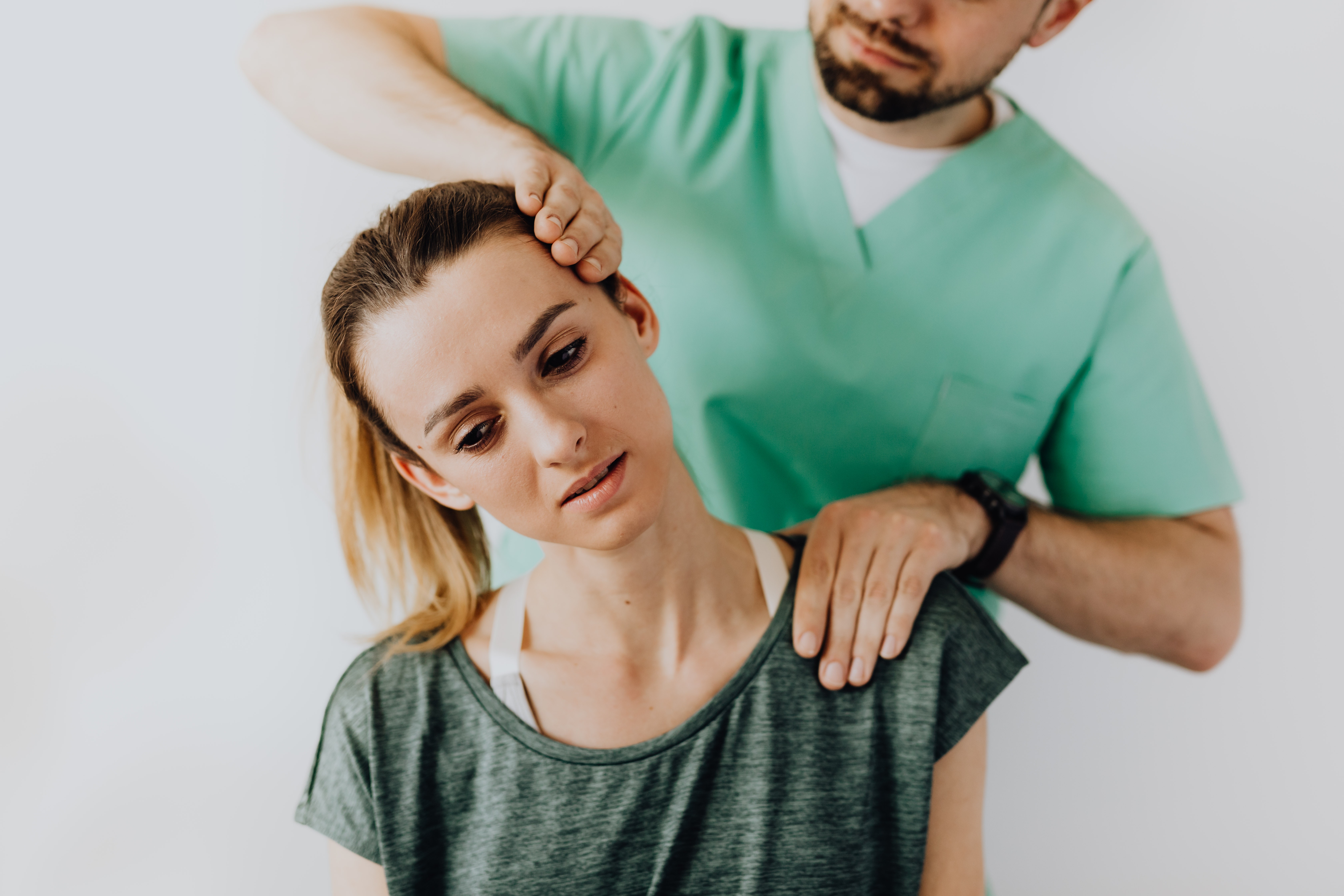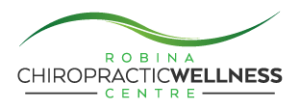

Let’s chat about the different types of chiros so when you are looking at a chiro you are choosing one who is right for you and your spine.
Now we all do the same amount of schooling but once university is over, then we all branch out and master different techniques. Some techniques are completely different to others so It’s important to find a chiropractor who does the techniques you are comfortable with. Some techniques are better for some conditions so the big question is how do YOU KNOW what technique is right for your condition
Here at Robina Chiropractic Wellness Centre we do a combination of Diversified Technique, Thompson table drop technique activator and arthrostim the Gonstead technique as well as the specialized technique and correction of chiropractic biophysics traction and mirror adjusting
All of these techniques I have learnt over 21 years of being a chiropractor I’ve learnt many other techniques but I found these ones suit my practice the best. And if you’re after a low force chiropractor then you’re probably not suited to my style of Chiropractic. Not to say “mine is better than yours” I just found that these particular ones work best for a wide range of problems..
NOW, Some other practices use a low force technique such as using an activator, NET which is a neuro emotional technique or Network chiropractic which is a softer approach to chiropractic and if likely to help milder spinal problems BUT the reason I don’t use these techniques is because I’m a structural based chiropractor and these techniques do not work very well to correct your structure.
It’s important you find the right chiropractor which you feel comfortable with.
Regardless of techniques you should always see a chiropractor who does a thorough exam and investigation. Put you on the correct treatment plan with correct exercises as homework. Does regular updates and re-assessments and if needed will do and assessment of your spine Buyer. X-rays so that they can be sure that they’re dealing with the problem correctly and treating it correctly.
If you have any questions, please let us know below and we will get back to you.
Techniques
Diversified is something that every single university on the planet learns. It is the art of adjusting spinal segments in the direction towards correction to reduce spinal misalignment and their affect on the nervous system
Thompson drop does a similar thing to diversified however instead of using just your hands we use a table that lifts up and drops down.. This allows us to move the body like diversified to improve your vertebral alignment to take pressure off your nervous system. However there is no “crack” with these adjustments as the table is doing all the work.
Activator Methods and Arthrostim adjusting are a very mild and gentle approach to Chiropractic. Using these techniques, we can stimulate the nervous system to work in many different ways in particular the Arthrostim moves 12 times per second meaning you can get substantial improvement the small force. We can also use these techniques and muscles and I specifically use it in what we call mirror adjusting which helps retrain the cerebellum and the body communication.
Gonstead adjustments are a technique that was developed by Clarence Gonstead mid last century he was riddled with sorry it with arthritis in his hands and as a result had to adjust in a different way. As it turns out, his style of adjusting is quite effective and was adopted by many as a new technique…. for example he adjusts people’s neck sitting in a chair instead of laying down on a table. This is now taught million universities in affective and effective form of treatment. Just another piece of artillery in my Chiropractic repertoire because sometimes you can’t adjust people a certain way and so you need to try another way.
Chiropractic Biophysics
Chiropractic BioPhysics or CBP, is a highly-advanced, scientific, and proven chiropractic technique which corrects and restores your spine back to alignment, and alleviates pain and discomfort from its source. It is the most advanced and researched Chiropractic technique to date throughout the world. It is used as an adjunct to regular chiropractic … people who want to go this technique find they’re not just improve the symptoms they remove that symptoms..
Blair Upper cervical / Atlas orthogonal Upper cervical chiropractic is utilised by chiropractors that place a strong focus on the alignment of the head and neck, as we do in our office with our focus on neuro-structural correction.
The first vertebra (spinal bone) in your neck is called the Atlas, also known as C1. It is a ring like bone. The second vertebra is called the axis, also known as C2. Together these two vertebra comprise what is commonly referred to as the upper cervical spine.
The Atlas and Axis are in close proximity to a portion of the central nervous system, the brainstem. Your brainstem is responsible for the control and coordination for many of your body’s vital functions. When changes to the connective tissues occurs due to accidents and injuries, Atlas and Axis can misalign and lock into a stressed abnormal position, resulting in pressure, tension, irritation, disruption to blood flow and cerebrospinal fluid circulation (4).
SOT – Sacral Occipital Technique is a technique is named due to the relationship between the sacrum (base of the spine) and the occiput (base of the skull).
It is based on the belief that the sacrum and cranium work in a reciprocal way to assist in the pumping of Cerebro-Spinal Fluid (CSF) throughout the brain, spinal cord and the nervous system. The minute rhythmical motion that circulates the CSF is essential to optimal health – CSF effectively acts as the circulatory system of the brain and spinal cord and is essential for the rejuvenation of nerve tissue.
The goal of SOT is to facilitate the continuous motion that is required for the central nervous system to function efficiently. This process includes biomechanical levers called SOT Blocks, which are used to address three categories of distortion patterns. A branch of SOT known as CMRT addresses the relationship between the brain, spine and organs and yet another branch addresses the cranial function.
Flexion/Distraction and Traction
Is it Chiropractic technique that uses a specialized table that you can strap lower back or neck into a particular position and then flex spine into destruction extension and flexion depending on the problem the patient has. It is commonly used mostly for lower back issues and for people who have disc symptoms..
Network Chiropractic
Network Chiropractic is a very gentle technique that helps you reorganise your central nervous system. It is totally different to other Chiropractic techniques and as a result is considered to be an alternative approach to Chiropractic. However the main goal is still to improve the patients nervous system… To do this, the chiropractor places very gentle contacts along your spine which are timed and placed to activate the communication channels between your brain and your spine.
Neuro Emotional Technique
Neuro Emotional Technique (NET) is based on the concept that unresolved emotional trauma is stored in the body. Science has shown that other parts of the body can hold or generate emotional charges as well. Emotions such as excessive, unresolved anger, grief and fear may long affect us even after we have forgotten the event that caused them. Since our emotional reality dramatically affects our health, using NET to identify these negatively charged emotions (Neuro-Emotional Complexes) and releasing them can normalize abnormal physical and behavioral patterns. It is also known as muscle testing and can be a great low force technique for dealing with more emotional problems..
